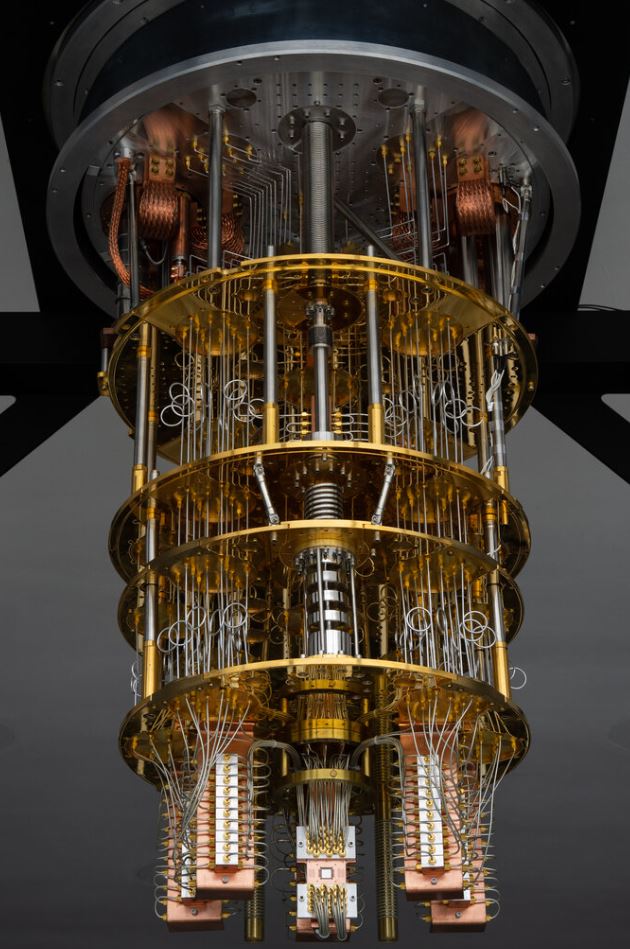When compared to the chip in your smartphone, which likely includes billions of transistors, even the most powerful quantum computer today only comprises a few hundred of the quantum equivalent of a transistor. They are also not to be trusted. Repeatedly doing the same computation will likely provide different results.
IBM researchers announced on Wednesday that they had developed a method to manage the unreliability in a way that would lead to reliable, useful answers, highlighting the fact that quantum computers do not need to be very large to tackle certain prickly problems of computation.
Because modern computers process information as binary (1s and 0s, on and off), they are referred to be digital or classical. Quantum bits, sometimes called qubits, are used in quantum computing because they may represent a richer state of data. A qubit may be both 1 and 0 simultaneously, much as scientist Erwin Schrödinger’s thought experiment suggested a cat might be in a quantum state that is both dead and alive.
Because of this, quantum computers may conduct several computations in a single run, whereas digital computers must perform each calculation individually. Thanks to its ability to speed up processing, quantum computers may one day help scientists overcome intractable issues in disciplines like chemistry and materials science. One potential downside of quantum computers is the risk they pose to individuals’ privacy as a result of algorithms designed to circumvent traditional security measures like passwords and encrypted messaging.
In 2019, Google researchers made a supremacy claim, claiming that their quantum computer could complete a computation in 3 minutes and 20 seconds that would take the most advanced conventional supercomputer almost 10,000 years.
In fact, for several of the computations, extra noise was purposefully inserted, making the results even less trustworthy. Researchers were able to extract out the unique features of the noise and its impacts at each stage of the computation by manipulating the quantity of noise.
The IBM group consulted physicists at Berkeley for assistance. However, classical algorithms can produce approximate answers, much like how JPEG images discard less crucial data to reduce file size while preserving most of the image’s details, so even though an Ising model with 127 bar magnets is too big for a conventional computer, it is still possible to solve the problem.
Both the conventional and quantum methods agreed on the simplest situations where the Ising model could be solved precisely. In more difficult but still solvable cases, the quantum method provided the right solution whereas the conventional approach gave incorrect results.
Thus, “there is reason to believe that the quantum result is more accurate,” as stated by Sajant Anand, a PhD student at Berkeley who undertook most of the work on the classical approximations, in other circumstances where the quantum and classical computations disagreed and no precise answers are available.
Traditional computers and methods of transmitting data already include error correction to adjust for mistakes. However, stronger processors capable of processing many more qubits will be needed before quantum computers can include error correction.
The IBM researchers think of error mitigation as a stopgap measure that can be applied immediately to issues that are more complicated than the Ising model.

